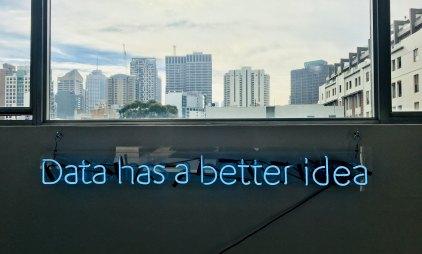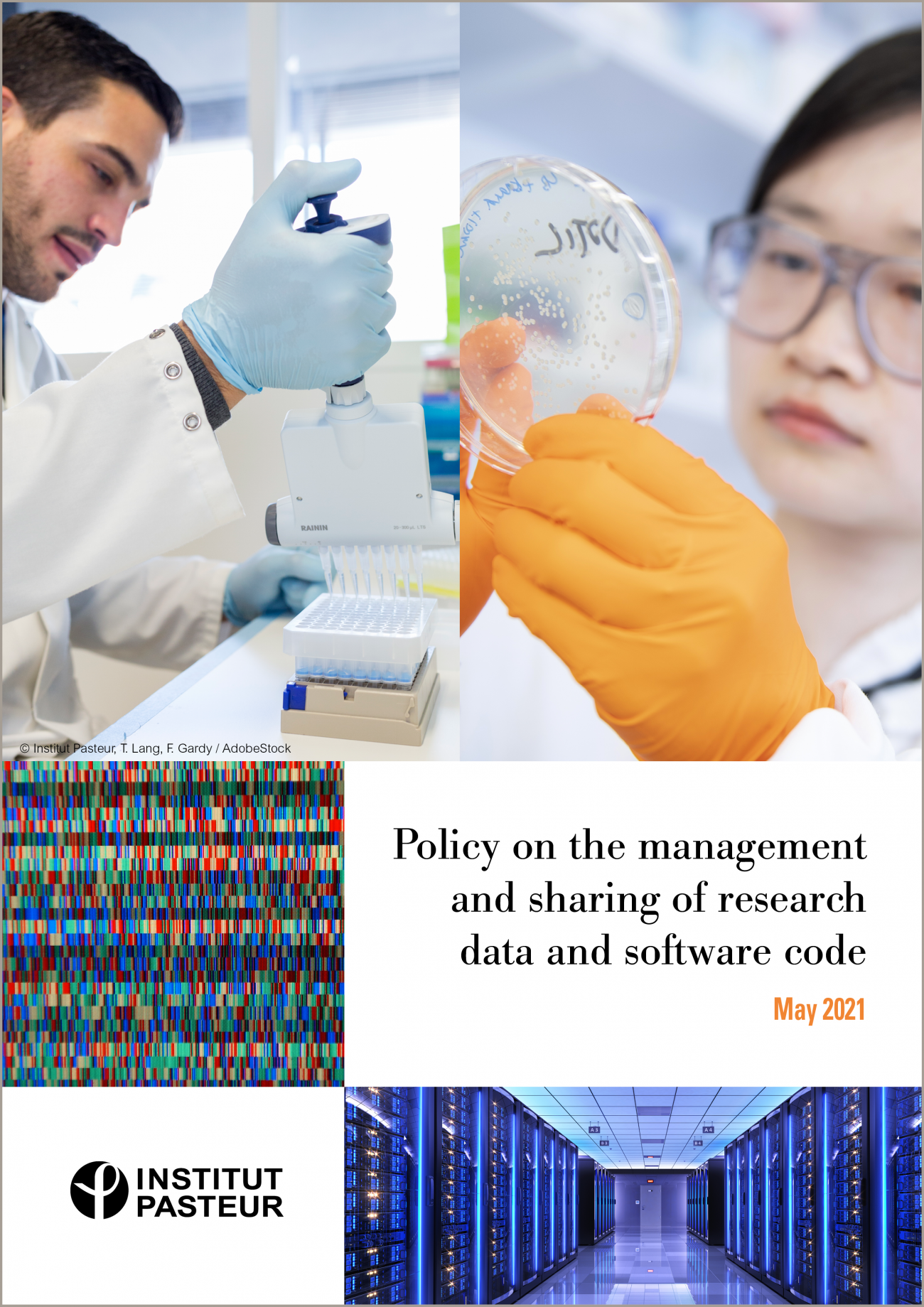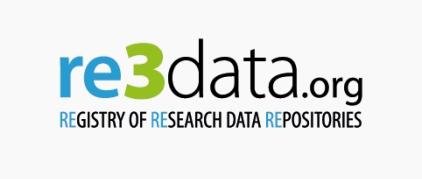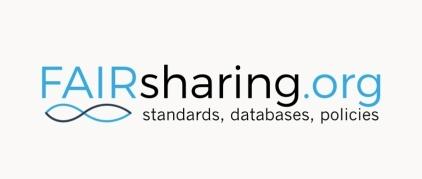To share your research data with a wide audience, the most effective solution is to deposit it in a data repository.
What is a data repository?
A repository is an online service for the collection, description, preservation, discovery and dissemination of scientific data. There are over 1,700 data repositories in the life sciences (according to Re3data), and they can be categorized into two broad types:
- disciplinary or thematic repositories (imaging, chemistry, neuroscience, proteomics, etc.);
- general or multi-disciplinary repositories, open to all types of data.
How to choose a data repository?
First recommendation: find out whether a suitable disciplinary repository exists.
To identify a disciplinary repository that might be suitable for one's data type or research theme and analyze its characteristics, two directories are recommended:
To help you analyze the characteristics of a repository and check that it meets your needs and the FAIR principles, the CeRIS provides Institut Pasteur researchers with an analysis grid listing the questions to ask yourself before making your choice.
Download the data repository analysis grid proposed by the CeRIS
If there is no suitable disciplinary repository: the choice is for a general repository
In this case, the CeRIS recommends that Pasteurian researchers deposit their data in the Institut Pasteur space on the national repository Recherche Data Gouv..
How are sharing practices evolving at the Institut Pasteur?
The "research data" section of the French Open Science Monitor aims to measure changes in data-sharing practices in France.
According to the Institut Pasteur's Open Science Monitor, among Pasteurian publications published in 2023 that mention data production, 39% mention data sharing. In comparison, this proportion is 25% at the national level (all fields).
Learn more















